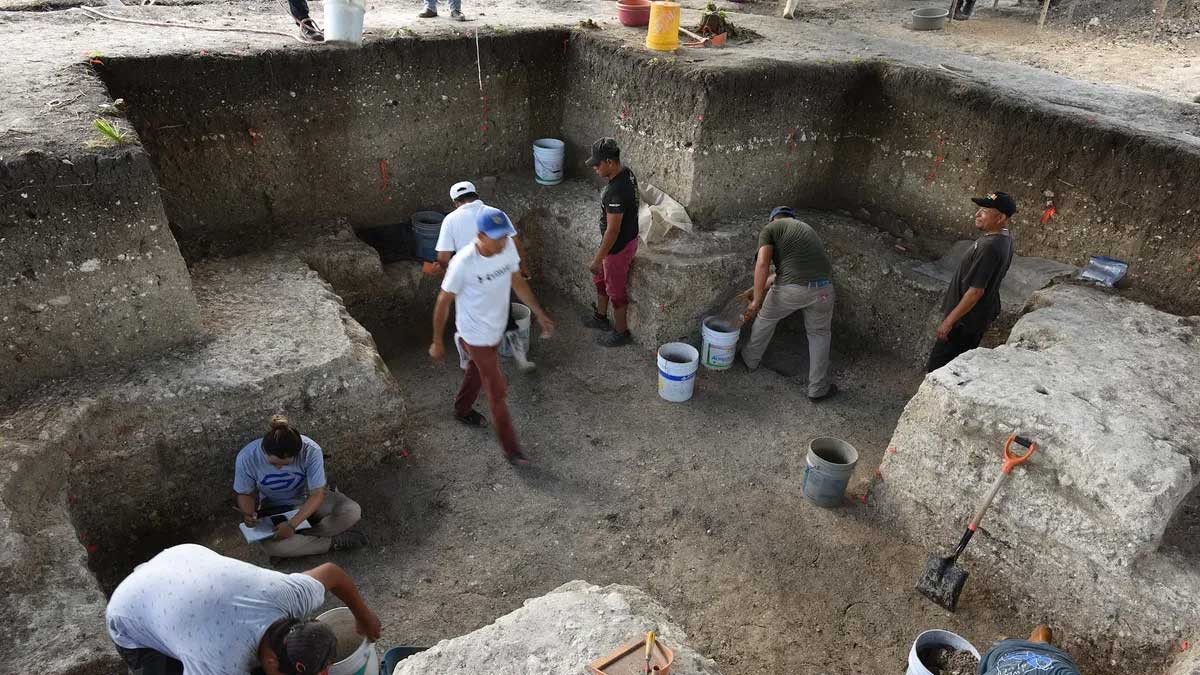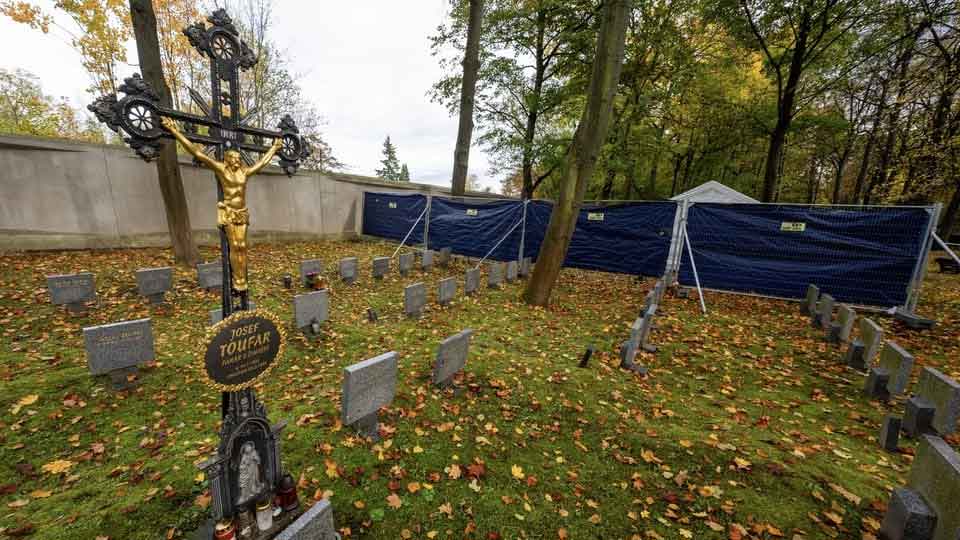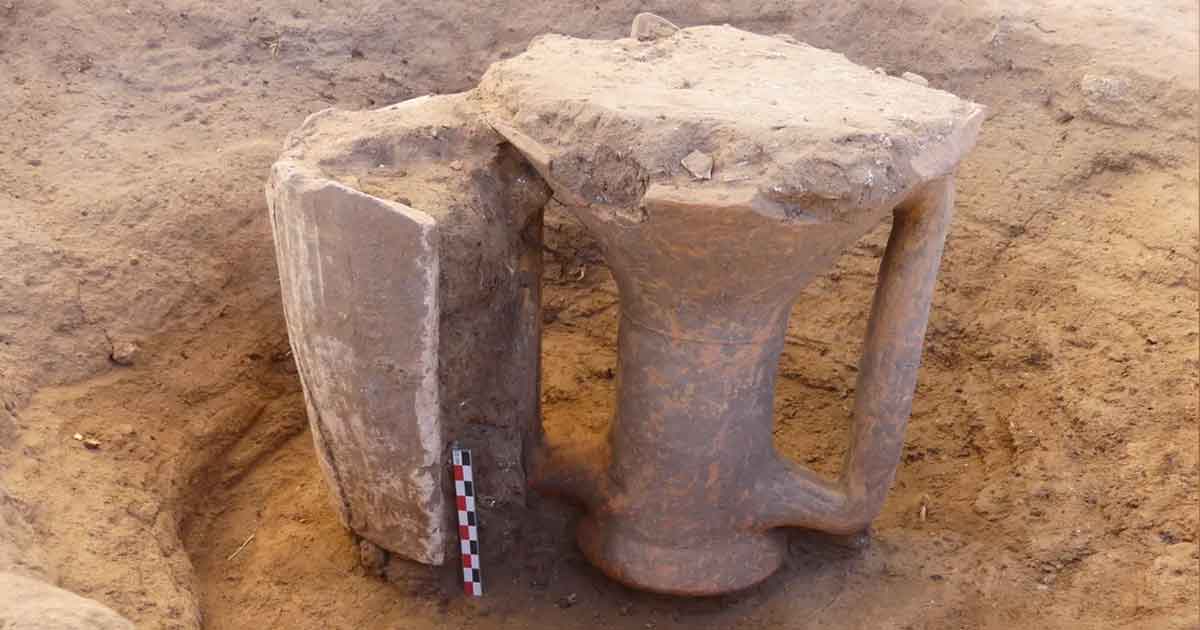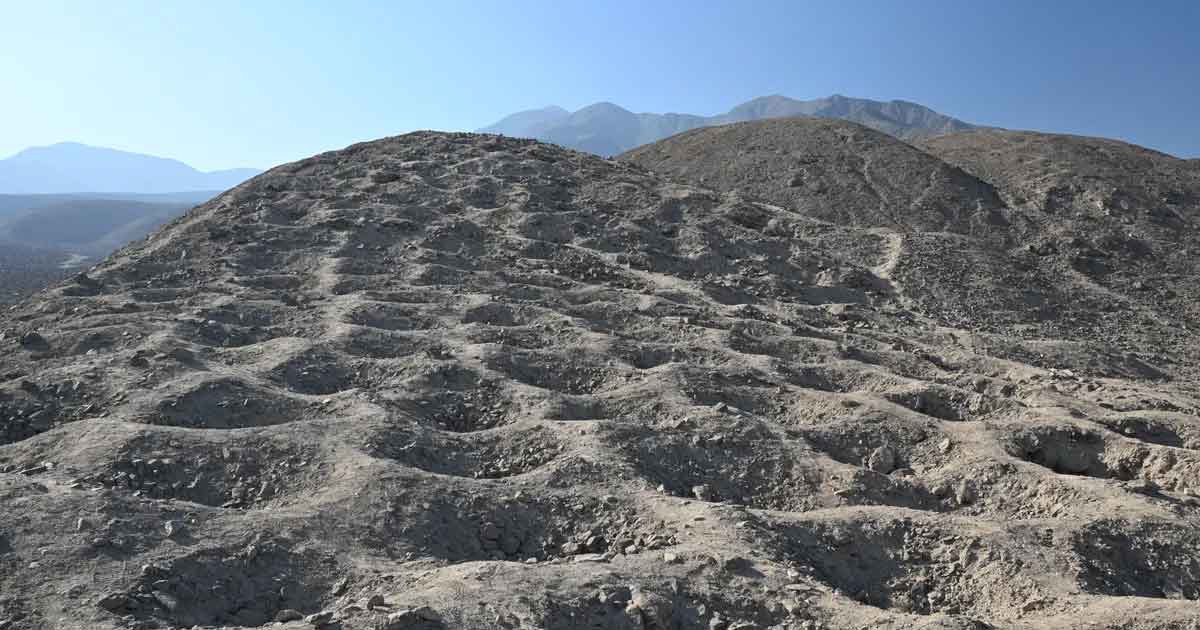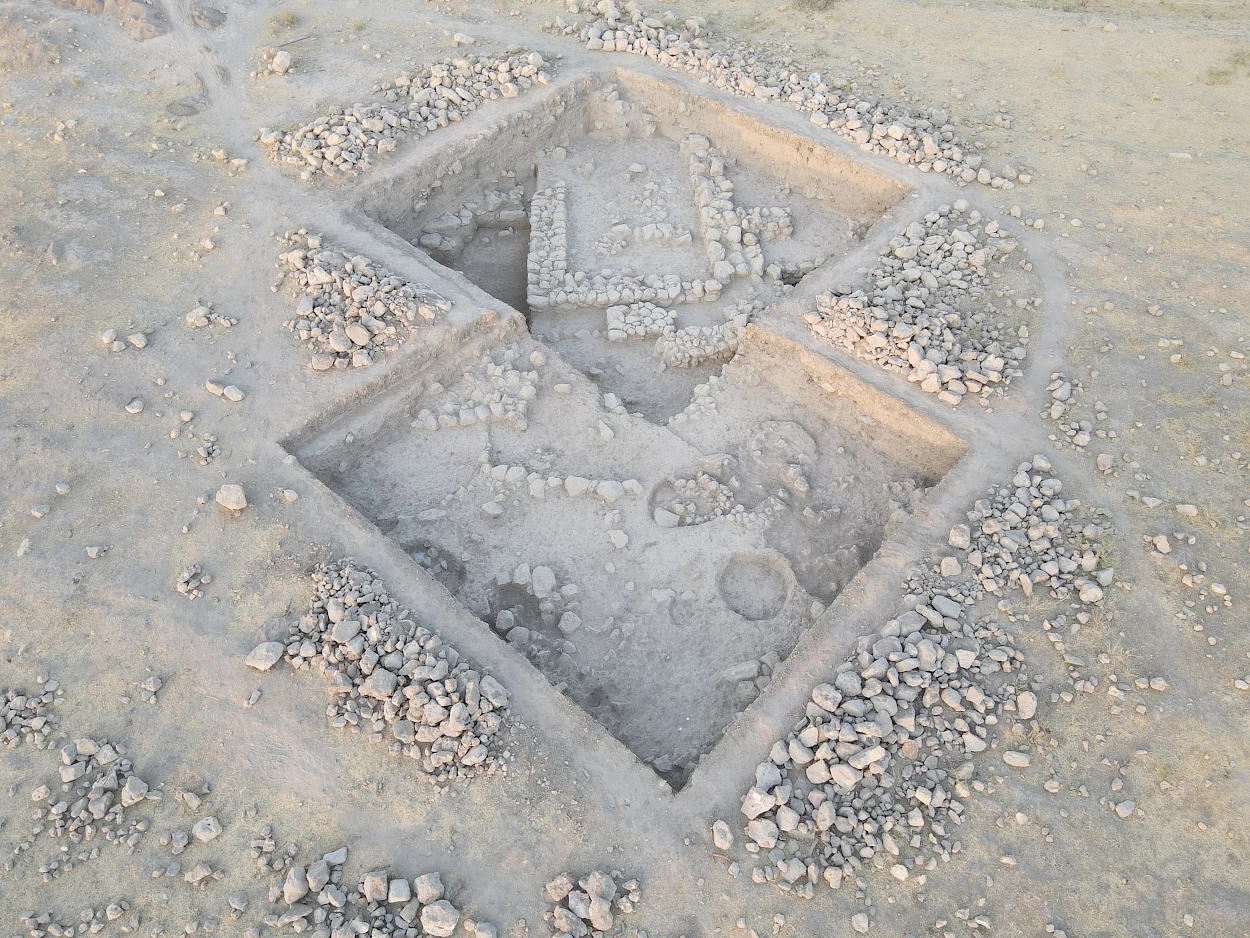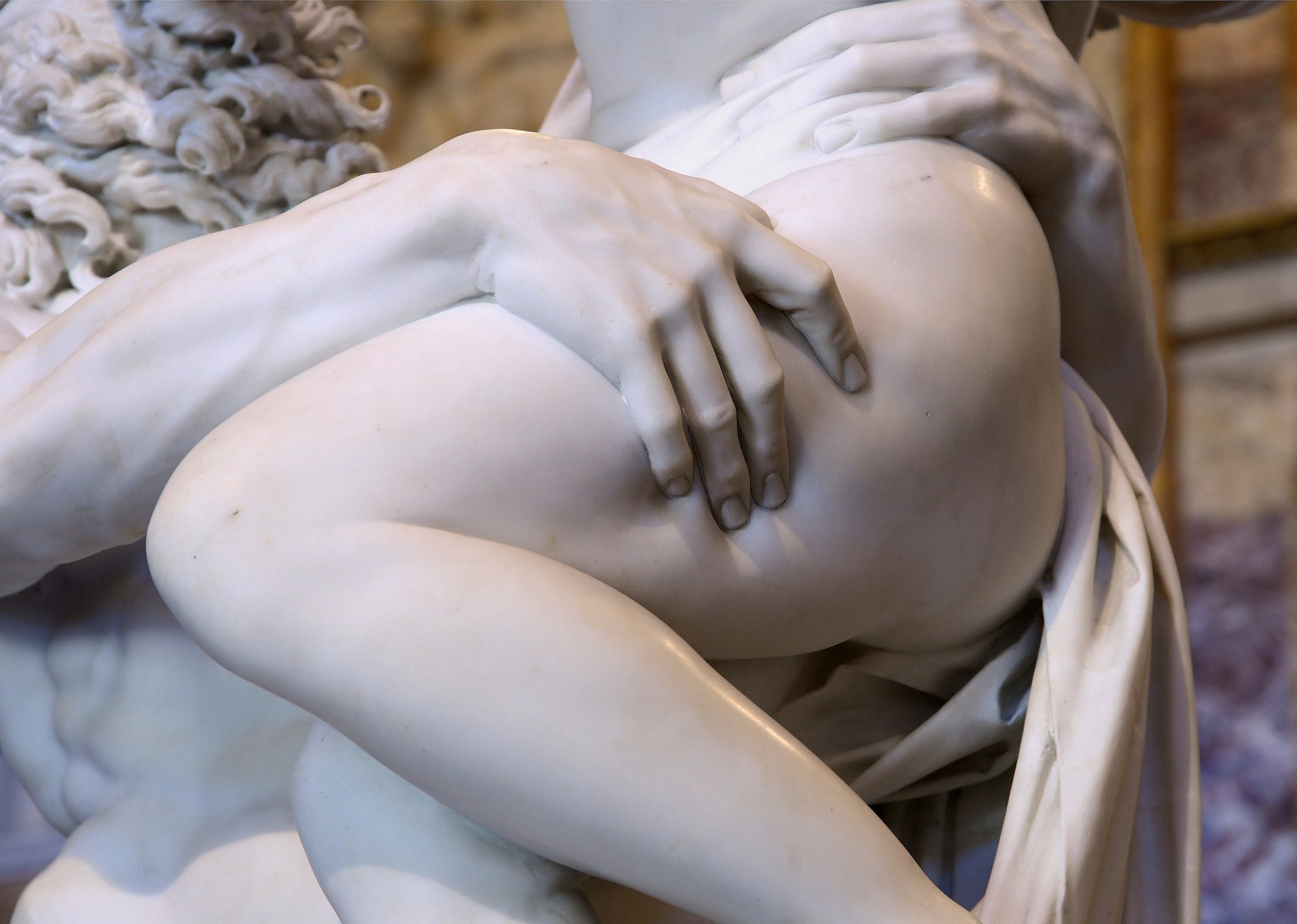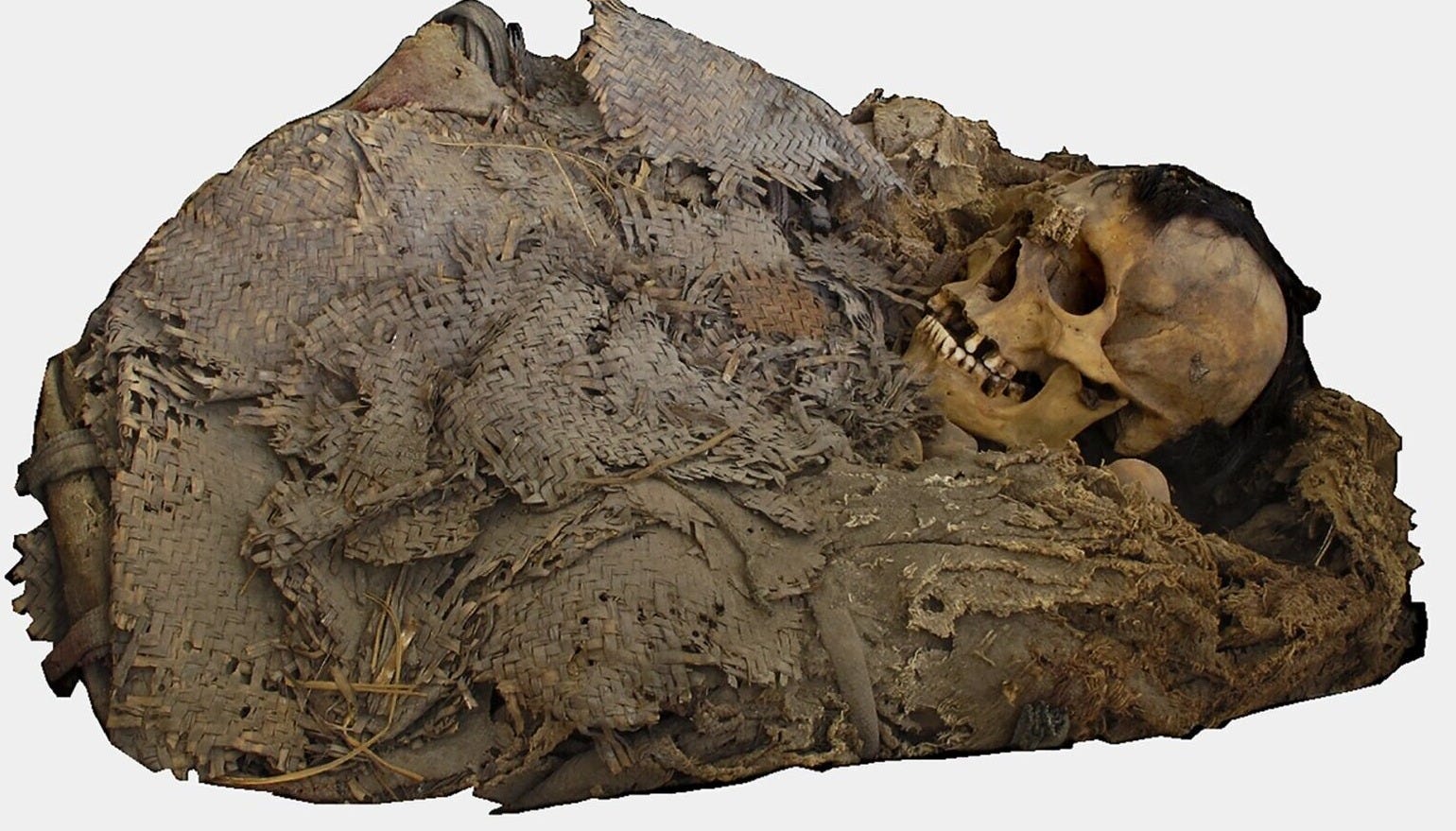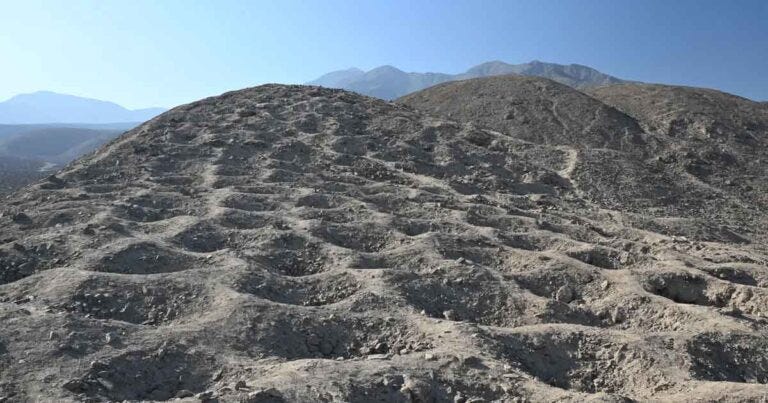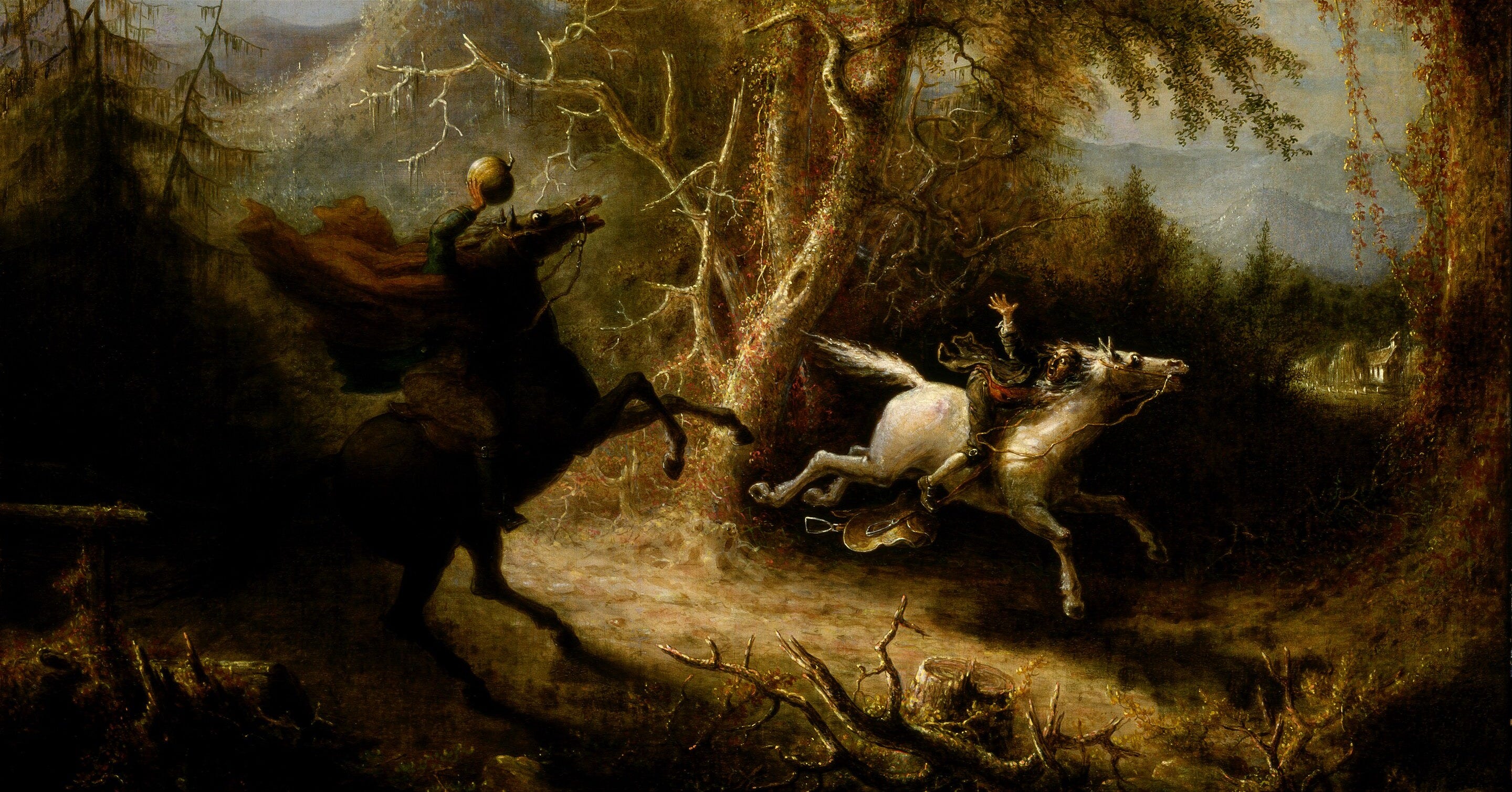On the windswept hills close to Hadrian’s Wall in northern England, at the Vindolanda fort, archaeologists have found a stone relief of Victoria, the goddess of victory. This sarcophagus, completed around AD 213 and measuring 47 cm tall, 28 cm wide and 17 cm deep, likely marked the royal entrance of a grand archway celebrating Rome’s success over Britain’s new northern border reached at the end of the Severan wars. As a result of decades of hard work by volunteers, we can now glimpse the lives of soldiers, skilled artisans and the everyday culture of a Roman outpost. What can we learn about a goddess from her journeys at the empire’s borders?
Long-serving volunteers Jim and Dilys Quinlan found the relief while they were digging in a layer of rubble over an infantry barracks, for the Vindolanda Trust. We can see from its details that an artist, commissioned to capture a major battle, was responsible for sculpting this statue. Dr. The exceptional rarity of such discoveries in Roman Britain, shown by Director Andrew Birley, reflects the importance of the Roman relief in Devon. Professor Rob Collins found that the carving is connected to an extreme monumental archway from the post-Severan era, when Emperor Septimius Severus succeeded in defeating tribes in the north. Curator Barbara Birley says that since the stone mixes a wide range of color, experts are searching for evidence of old pigments commonly added to Roman statues to livens their textures.
As the Roman match for Nike, Victoria was much more than a goddess, standing for divine approval and the fighting skills of soldiers at the busy fortress of Vindolanda. Such relief probably reflected that the fort had recovered, offering military strength and cultural activities after the Severan wars. It is clear from the barracks that the statue influenced daily activities of soldiers far from central Rome. Apart from its artistic value, the stone reflects what happened in ancient Ireland: how a sculptor worked, men hoped for victory and these two societies waited through the ages to be united.
Vindolanda, a UNESCO World Heritage Site, is important to the communities of Northumberland because its stones form part of the area’s heritage. It shows Italy’s pride and inspires us to think about how local tribes stood up against the ruling power. It will be presented at Vindolanda’s exhibition called “Recent Finds” in 2026, bringing visitors from around the world to reflect on the history of conquest and endurance. Learn more at: https://www.vindolanda.com/


